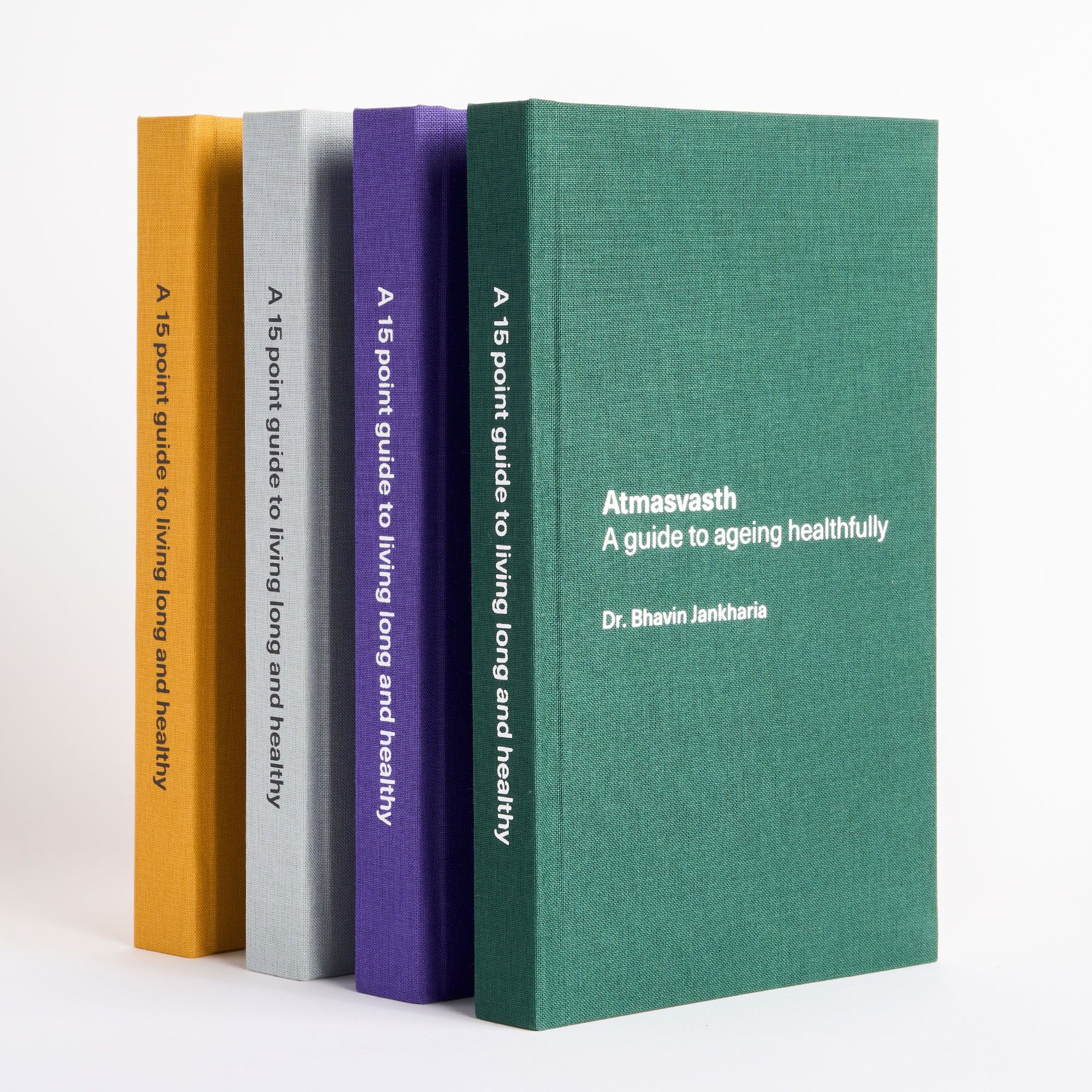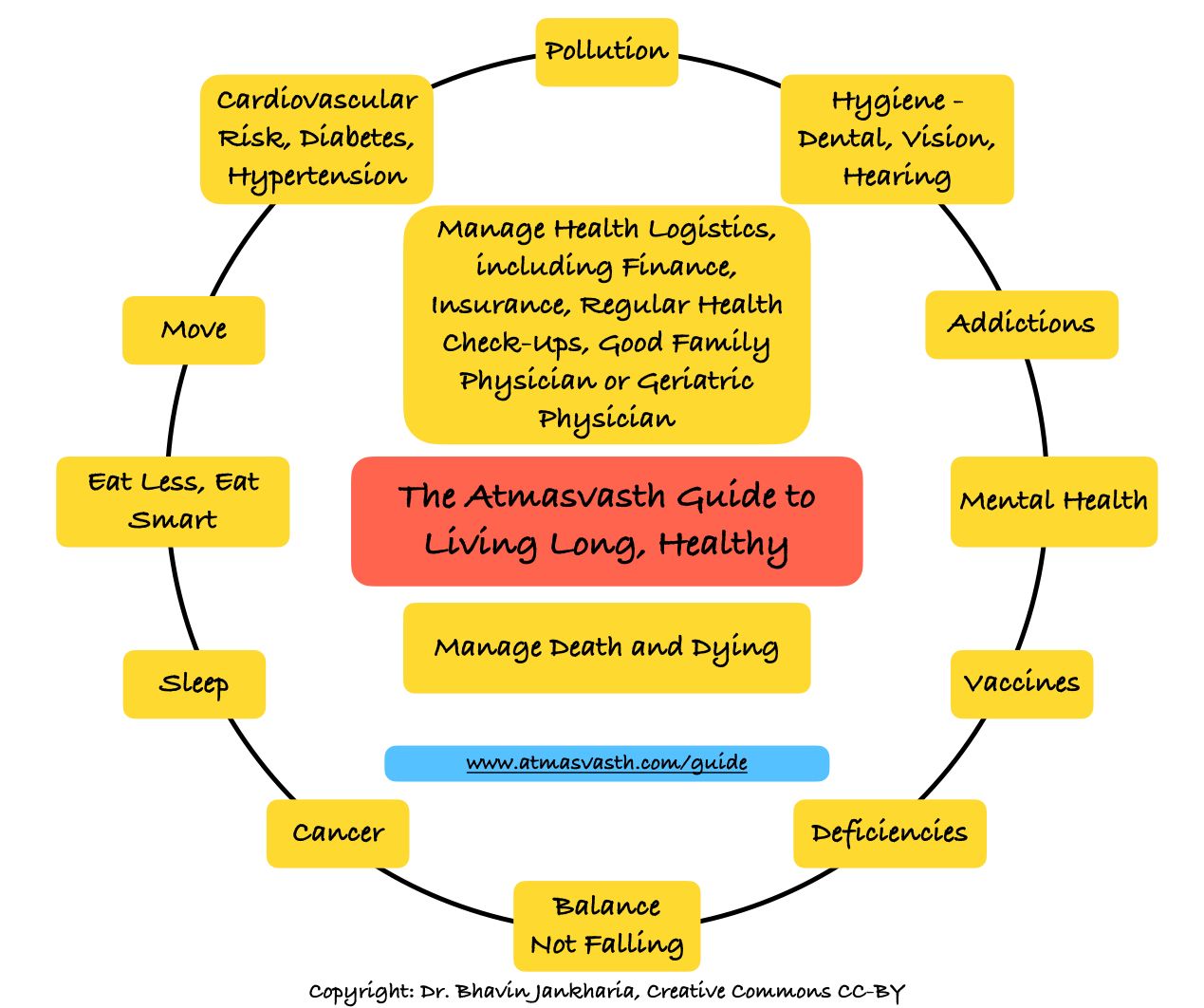The Ban on E-Cigarettes in India - Has the Time Come to Reconsider?
If e-cigarettes reduce dependence on regular cigarette smoking, maybe they should be allowed to co-exist or should replace regular cigarettes

The Book - Kindle Version Now Available Worldwide

The Detailed 15-Point Guide to Live Long, Healthy

Audio
Text
It all again comes down to primary prevention of lung and other cancers (esophageal, oral) associated with tobacco smoking. While low-dose CT scan screening in smokers helps us pick up lung nodules and cancers early, it would be far better if people just stopped smoking. This would reduce the burden of tobacco-related cancers significantly.
The incidence and prevalence of lung cancer is anyway showing a steady decline with the institution of smoking bans in most parts of the world, but like with gutka, it may be far better to just ban the production and sale of cigarettes. Even the revenue loss that the Government would face from such a step would be far less than the public cost of diagnosing and managing smoking related cancers and other lung diseases such as chronic obstructive pulmonary disease (COPD), as I had explained in my first piece on smoking in Dec 2021.
If cigarette production and sales however can’t be stopped, then the next best thing would be for people to stop smoking.
Nicotine per se is not carcinogenic. It is the other substances in tobacco smoke that cause cancer. This has led to nicotine based approaches to wean smokers away from cigarettes with nicotine replacement therapy (NRT) in the form of nicotine patches, nicotine chewing gum, etc. Nicotine smoking delivery systems also called e-cigarettes (ECs) are another solution to shift people away from a highly carcinogenic regular cigarette to a non or minimally carcinogenic e-cigarette.

However, the Govt of India banned the sales of ECs in 2019 and in the white paper issued by the ICMR [1] on this subject, cogent arguments were raised about the fear of increased nicotine use and addiction in the young, which could then push them to using regular cigarettes with the potential to do more harm than good.
The white paper says, “ENDS or e-cigarettes are popularly perceived as a smoking cessation aid, but their efficacy and safety as a quitting aid have not yet been firmly established. Although some smokers claim to have cut down smoking while using ENDS, the total nicotine consumption seems to remain unchanged. E-cigarettes seem to have rather similar or even weaker efficacy as a cessation aid when compared to nicotine patches, due to different sizes of e-liquid vials, variable amount of nicotine in each vial, uncontrolled number of vapes and variable amount of nicotine in each vape puff. Moreover, a considerable number of ex-smokers who have reported stopping cigarette use with the aid of ENDS continue using the latter product, thus sustaining nicotine dependence…There is very limited evidence regarding the impact of ENDS on tobacco smoking cessation, reduction in cigarette use or adverse health effects.“
Fair enough! In the absence of good data regarding the usefulness of ECs in reducing smoking, this argument perhaps made sense, though again instead of banning ECs, it may just be better to ban cigarettes and bidis, if you carry the entire argument to its logical conclusion.
In any case, as a recent study shows [2], just like with gutka, ECs are easily available and used in India, so the ban pretty much does not work and is anyway, not enforced strictly.
A new study by Reto Auer and colleagues in the NEJM [3] shows that smokers who want to quit are better able to do so with the help of ECs, than with counseling alone. A recent Cochrane review [4] published in Jan 2024 also concludes that ECs are a good way to reduce smoking as compared to both, other NRTs as well as regular counselling and in the short and medium term, the harms are far less than those associated with continued tobacco smoking.

The evidence is mounting that ECs should be made available to help smokers stop smoking and it is unlikely that this will increase nicotine dependence in the young, which perhaps is more just a perception among the elderly, given that the young will experiment with different substances, as is the very nature of youth.
To assume that this will lead to a huge wave of EC nicotine addiction is quite fallacious and more importantly, given that nicotine, like marijuana does not have major side-effects, it perhaps just makes more sense to ban regular cigarettes and encourage the use of ECs in their place. Or let both be available side by side and encourage ECs over regular cigarettes by differential taxation or pricing.
What does this mean for you and I? If you smoke and want to quit smoking to reduce your risk of lung and other smoking associated cancers and diseases, and if you have access to ECs, then these may perhaps be the best way to reduce smoking risk. If you don’t smoke, then there is nothing further to be done, except perhaps to pass on this article to those who smoke and/or use tobacco in other forms.
Footnotes:
1. Chakma JK et al. White Paper on Electronic Nicotine Delivery System. ICMR 2019
2. Shruti T et a. Electronic nicotine delivery system: a narrative review on growing threat to tobacco control and health of the young Indian population. Int J Adolesc Med Health. 2024 Feb 20. doi: 10.1515/ijamh-2023-0008. Epub ahead of print.
3. Auer R et al. Electronic Nicotine-Delivery Systems for Smoking Cessation. N Engl J Med. 2024 Feb 15;390(7):601-610. doi: 10.1056/NEJMoa2308815.
4. Lindson N et al. Electronic cigarettes for smoking cessation. Cochrane Database Syst Rev. 2024 Jan 8;1(1):CD010216. doi: 10.1002/14651858.CD010216.pub8.
Atmasvasth Newsletter
Join the newsletter to receive the latest updates in your inbox.



